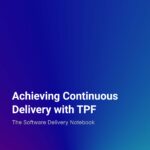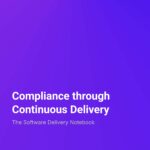
Based on the 2025 Platform Engineering Pulse report from Octopus, we look at what’s happening in practice.
Within the Platform Engineering (PE) community we talk about reducing developer burnout, taking a product not project approach to platforms, and making platforms optional. The reality is that organizations care more about standardization and efficiency and they want to force developers to use what gets built.
This creates a disconnect between the views on success, with those making platforms thinking everything is great while developers don’t see the goals being met.
So the DevEx benefit is real, but it might be a happy side effect rather than the main reason the check got signed.








